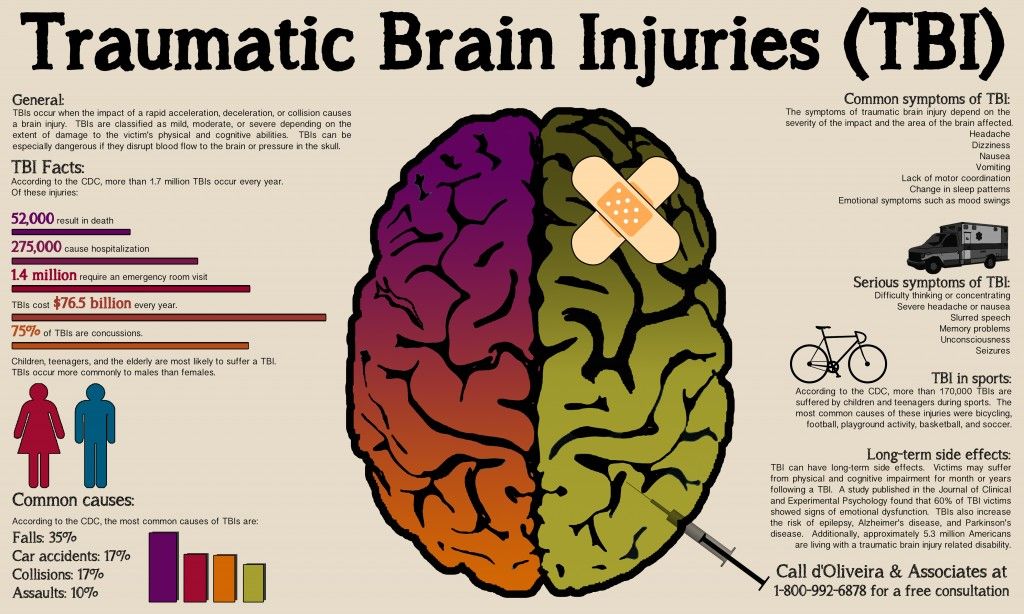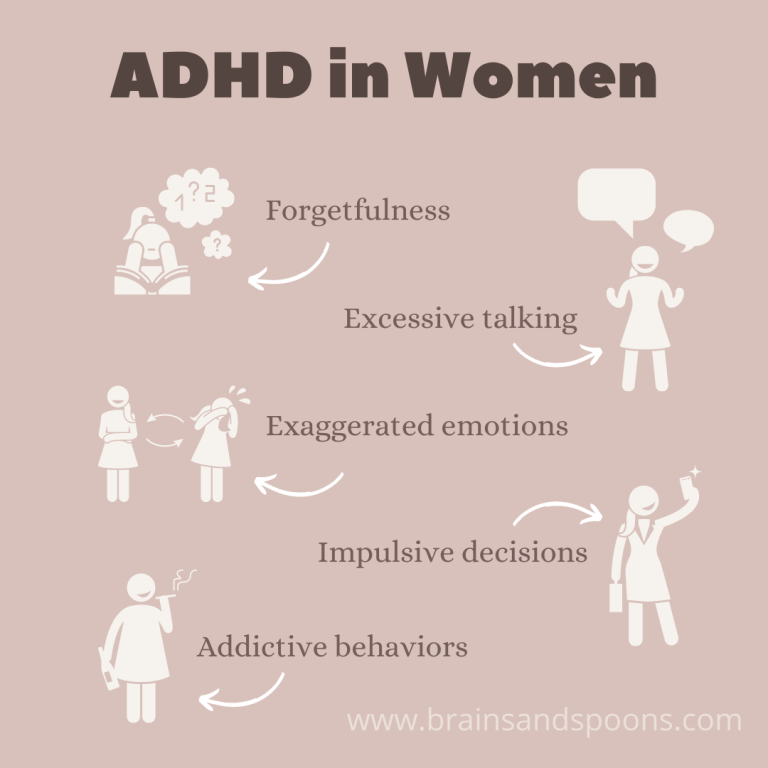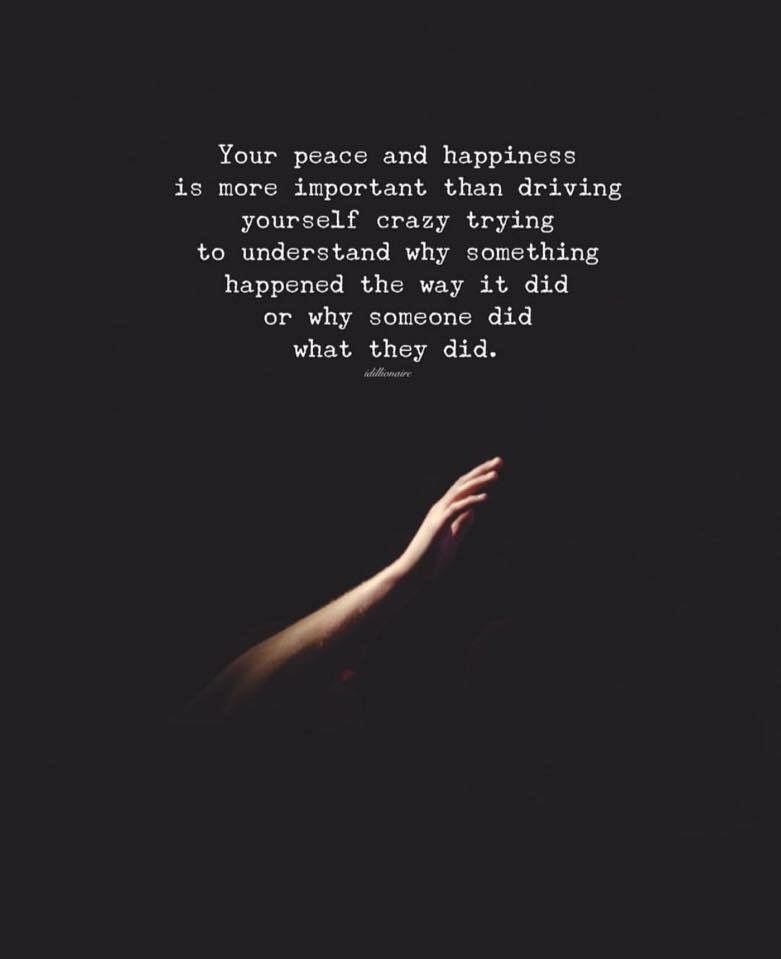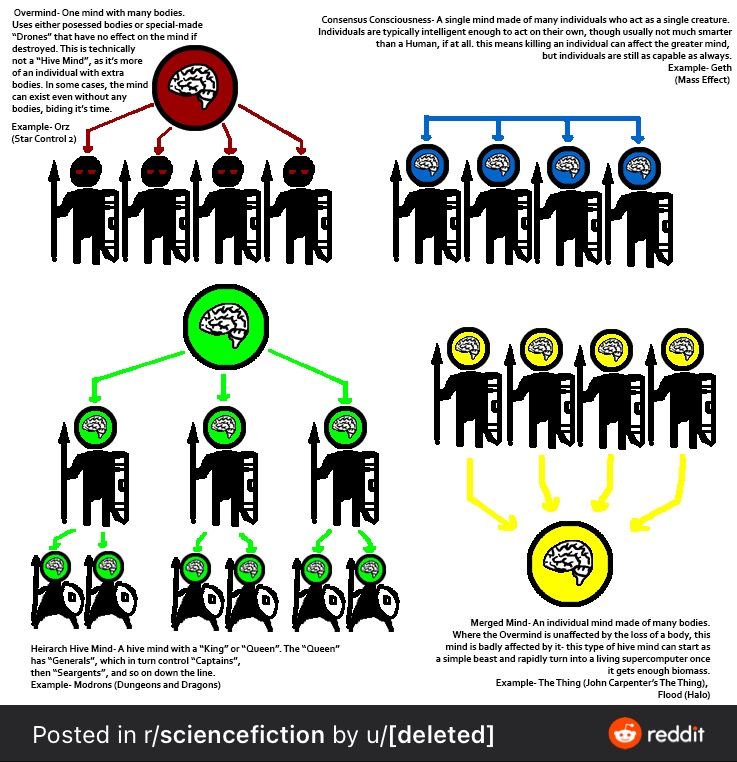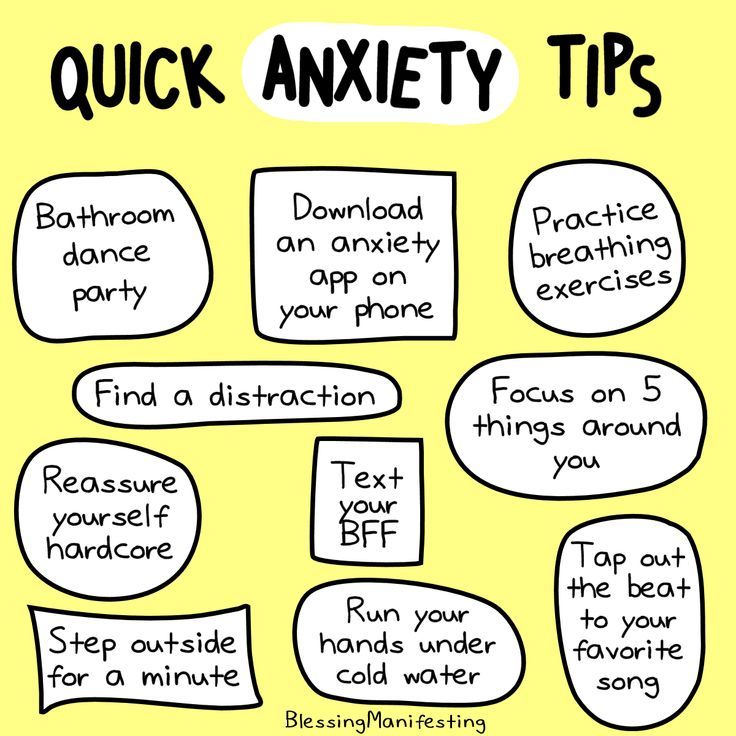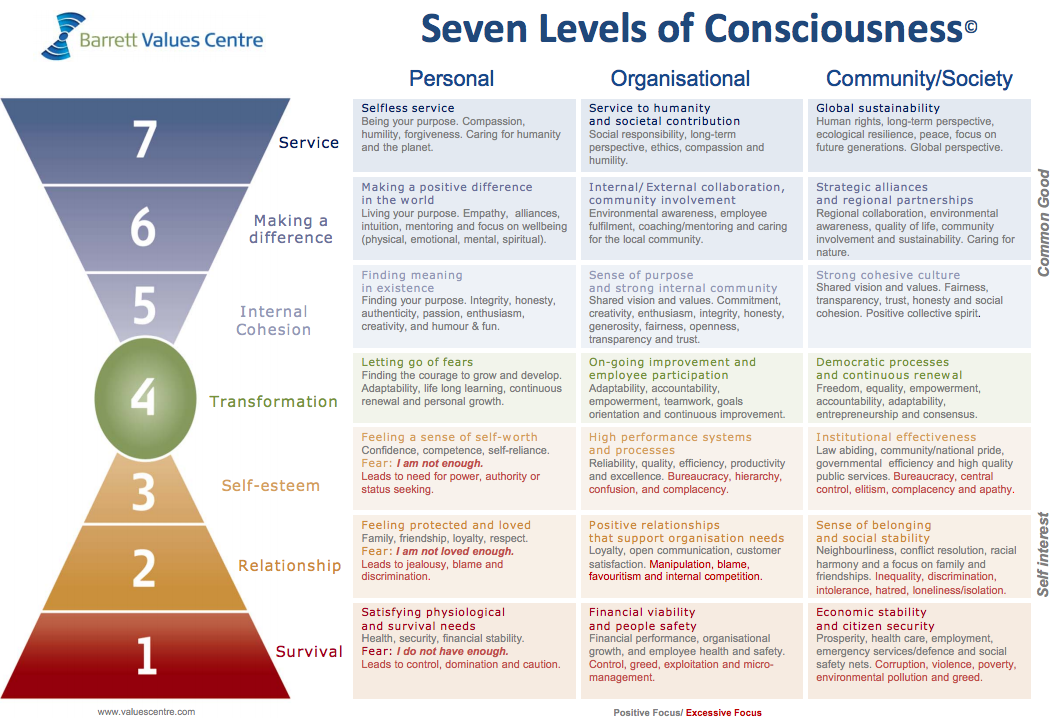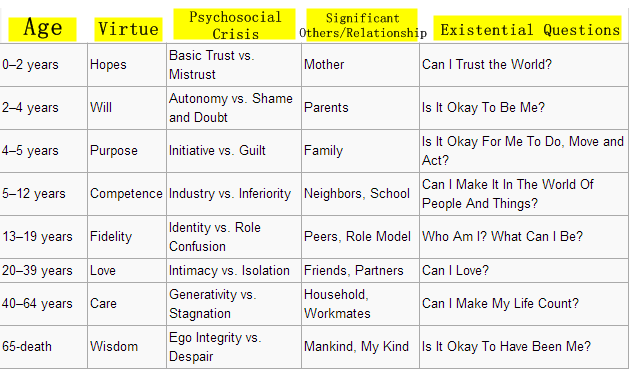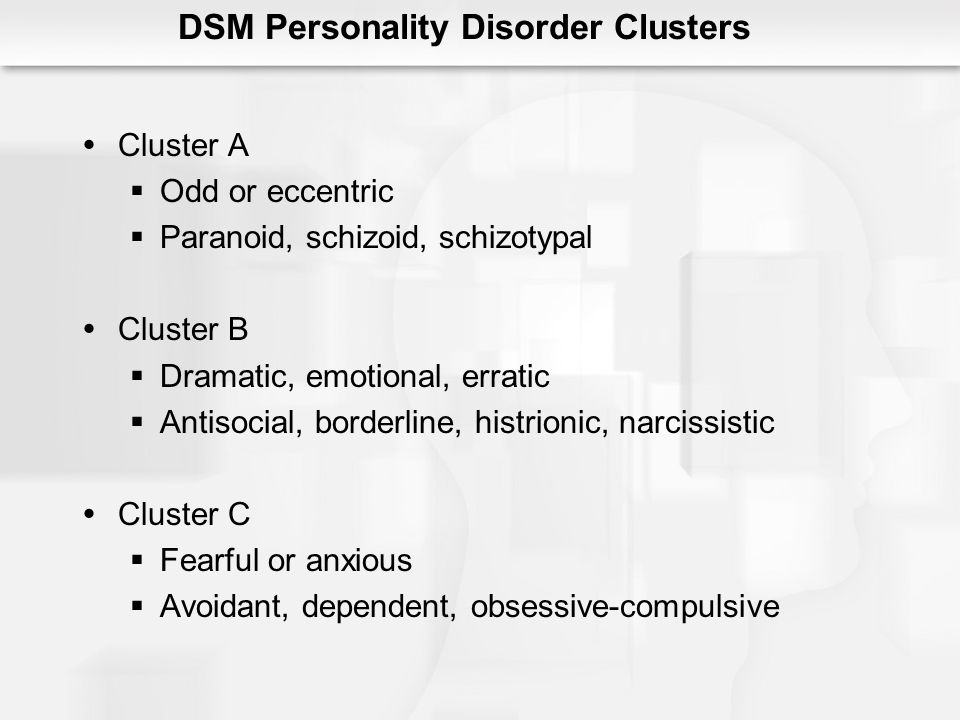Long term effect of childhood trauma
The National Child Traumatic Stress Network
Children whose families and homes do not provide consistent safety, comfort, and protection may develop ways of coping that allow them to survive and function day to day. For instance, they may be overly sensitive to the moods of others, always watching to figure out what the adults around them are feeling and how they will behave. They may withhold their own emotions from others, never letting them see when they are afraid, sad, or angry. These kinds of learned adaptations make sense when physical and/or emotional threats are ever-present. As a child grows up and encounters situations and relationships that are safe, these adaptations are no longer helpful, and may in fact be counterproductive and interfere with the capacity to live, love, and be loved.
Complex trauma can affect children in a multitude of ways. Here are some common effects.
Attachment and Relationships
The importance of a child’s close relationship with a caregiver cannot be overestimated. Through relationships with important attachment figures, children learn to trust others, regulate their emotions, and interact with the world; they develop a sense of the world as safe or unsafe, and come to understand their own value as individuals. When those relationships are unstable or unpredictable, children learn that they cannot rely on others to help them. When primary caregivers exploit and abuse a child, the child learns that he or she is bad and the world is a terrible place.
The majority of abused or neglected children have difficulty developing a strong healthy attachment to a caregiver. Children who do not have healthy attachments have been shown to be more vulnerable to stress. They have trouble controlling and expressing emotions, and may react violently or inappropriately to situations. Our ability to develop healthy, supportive relationships with friends and significant others depends on our having first developed those kinds of relationships in our families. A child with a complex trauma history may have problems in romantic relationships, in friendships, and with authority figures, such as teachers or police officers.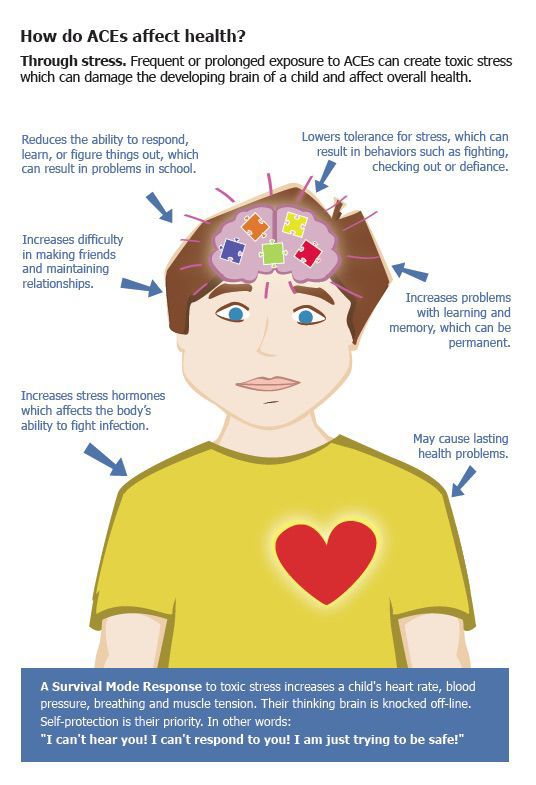
Physical Health: Body and Brain
From infancy through adolescence, the body’s biology develops. Normal biological function is partly determined by environment. When a child grows up afraid or under constant or extreme stress, the immune system and body’s stress response systems may not develop normally. Later on, when the child or adult is exposed to even ordinary levels of stress, these systems may automatically respond as if the individual is under extreme stress. For example, an individual may experience significant physiological reactivity such as rapid breathing or heart pounding, or may "shut down" entirely when presented with stressful situations. These responses, while adaptive when faced with a significant threat, are out of proportion in the context of normal stress and are often perceived by others as “overreacting” or as unresponsive or detached.
Stress in an environment can impair the development of the brain and nervous system. An absence of mental stimulation in neglectful environments may limit the brain from developing to its full potential. Children with complex trauma histories may develop chronic or recurrent physical complaints, such as headaches or stomachaches. Adults with histories of trauma in childhood have been shown to have more chronic physical conditions and problems. They may engage in risky behaviors that compound these conditions (e.g., smoking, substance use, and diet and exercise habits that lead to obesity).
Children with complex trauma histories may develop chronic or recurrent physical complaints, such as headaches or stomachaches. Adults with histories of trauma in childhood have been shown to have more chronic physical conditions and problems. They may engage in risky behaviors that compound these conditions (e.g., smoking, substance use, and diet and exercise habits that lead to obesity).
Complexly traumatized youth frequently suffer from body dysregulation, meaning they over-respond or under-respond to sensory stimuli. For example, they may be hypersensitive to sounds, smells, touch or light, or they may suffer from anesthesia and analgesia, in which they are unaware of pain, touch, or internal physical sensations. As a result, they may injure themselves without feeling pain, suffer from physical problems without being aware of them, or, the converse – they may complain of chronic pain in various body areas for which no physical cause can be found.
Emotional Responses
Children who have experienced complex trauma often have difficulty identifying, expressing, and managing emotions, and may have limited language for feeling states.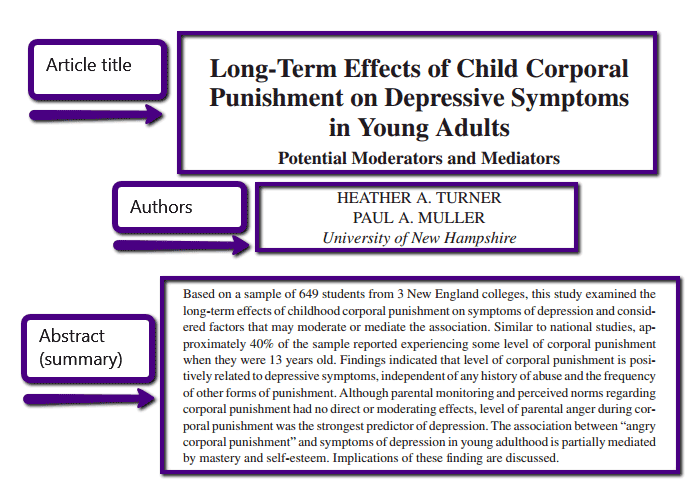 They often internalize and/or externalize stress reactions and as a result may experience significant depression, anxiety, or anger. Their emotional responses may be unpredictable or explosive. A child may react to a reminder of a traumatic event with trembling, anger, sadness, or avoidance. For a child with a complex trauma history, reminders of various traumatic events may be everywhere in the environment. Such a child may react often, react powerfully, and have difficulty calming down when upset. Since the traumas are often of an interpersonal nature, even mildly stressful interactions with others may serve as trauma reminders and trigger intense emotional responses. Having learned that the world is a dangerous place where even loved ones can’t be trusted to protect you, children are often vigilant and guarded in their interactions with others and are more likely to perceive situations as stressful or dangerous. While this defensive posture is protective when an individual is under attack, it becomes problematic in situations that do not warrant such intense reactions.
They often internalize and/or externalize stress reactions and as a result may experience significant depression, anxiety, or anger. Their emotional responses may be unpredictable or explosive. A child may react to a reminder of a traumatic event with trembling, anger, sadness, or avoidance. For a child with a complex trauma history, reminders of various traumatic events may be everywhere in the environment. Such a child may react often, react powerfully, and have difficulty calming down when upset. Since the traumas are often of an interpersonal nature, even mildly stressful interactions with others may serve as trauma reminders and trigger intense emotional responses. Having learned that the world is a dangerous place where even loved ones can’t be trusted to protect you, children are often vigilant and guarded in their interactions with others and are more likely to perceive situations as stressful or dangerous. While this defensive posture is protective when an individual is under attack, it becomes problematic in situations that do not warrant such intense reactions.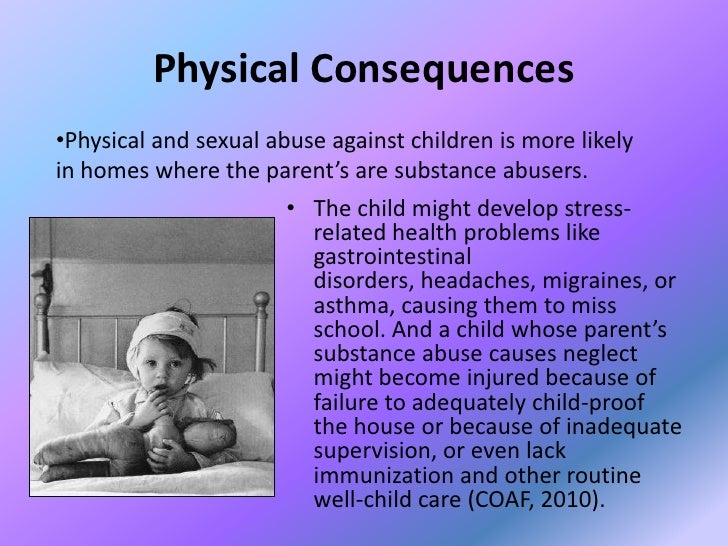 Alternately, many children also learn to “tune out” (emotional numbing) to threats in their environment, making them vulnerable to revictimization.
Alternately, many children also learn to “tune out” (emotional numbing) to threats in their environment, making them vulnerable to revictimization.
Difficulty managing emotions is pervasive and occurs in the absence of relationships as well. Having never learned how to calm themselves down once they are upset, many of these children become easily overwhelmed. For example, in school they may become so frustrated that they give up on even small tasks that present a challenge. Children who have experienced early and intense traumatic events also have an increased likelihood of being fearful all the time and in many situations. They are more likely to experience depression as well.
Dissociation
Dissociation is often seen in children with histories of complex trauma. When children encounter an overwhelming and terrifying experience, they may dissociate, or mentally separate themselves from the experience. They may perceive themselves as detached from their bodies, on the ceiling, or somewhere else in the room watching what is happening to their bodies.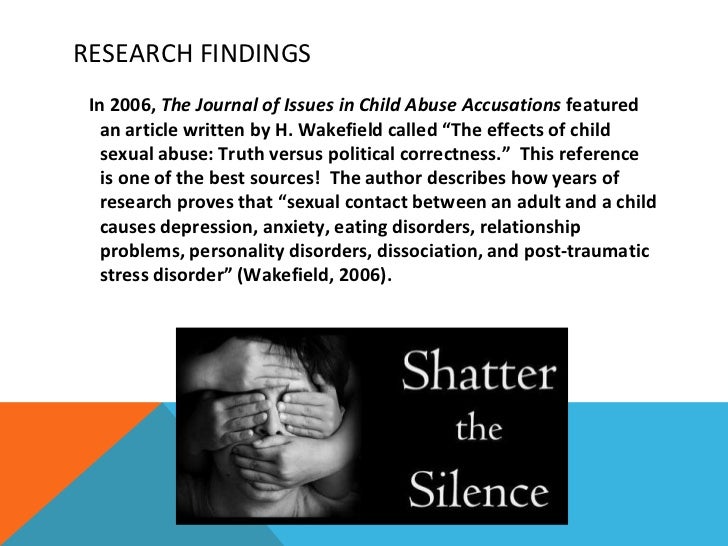 They may feel as if they are in a dream or some altered state that is not quite real or as if the experience is happening to someone else. Or they may lose all memories or sense of the experiences having happened to them, resulting in gaps in time or even gaps in their personal history. At its extreme, a child may cut off or lose touch with various aspects of the self.
They may feel as if they are in a dream or some altered state that is not quite real or as if the experience is happening to someone else. Or they may lose all memories or sense of the experiences having happened to them, resulting in gaps in time or even gaps in their personal history. At its extreme, a child may cut off or lose touch with various aspects of the self.
Although children may not be able to purposely dissociate, once they have learned to dissociate as a defense mechanism they may automatically dissociate during other stressful situations or when faced with trauma reminders. Dissociation can affect a child’s ability to be fully present in activities of daily life and can significantly fracture a child’s sense of time and continuity. As a result, it can have adverse effects on learning, classroom behavior, and social interactions. It is not always evident to others that a child is dissociating and at times it may appear as if the child is simply “spacing out,” daydreaming, or not paying attention.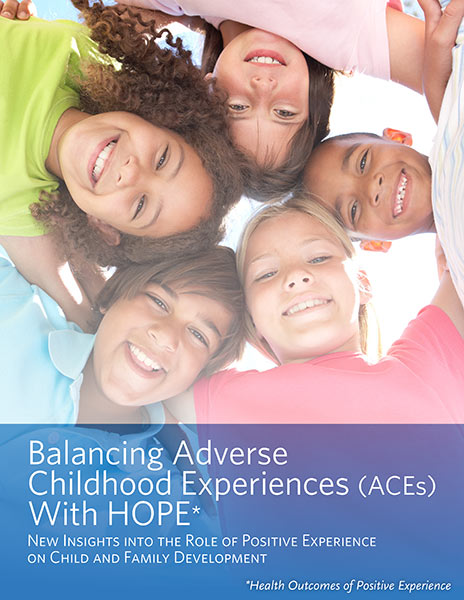
Behavior
A child with a complex trauma history may be easily triggered or “set off” and is more likely to react very intensely. The child may struggle with self-regulation (i.e., knowing how to calm down) and may lack impulse control or the ability to think through consequences before acting. As a result, complexly traumatized children may behave in ways that appear unpredictable, oppositional, volatile, and extreme. A child who feels powerless or who grew up fearing an abusive authority figure may react defensively and aggressively in response to perceived blame or attack, or alternately, may at times be overcontrolled, rigid, and unusually compliant with adults. If a child dissociates often, this will also affect behavior. Such a child may seem “spacey”, detached, distant, or out of touch with reality. Complexly traumatized children are more likely to engage in high-risk behaviors, such as self-harm, unsafe sexual practices, and excessive risk-taking such as operating a vehicle at high speeds.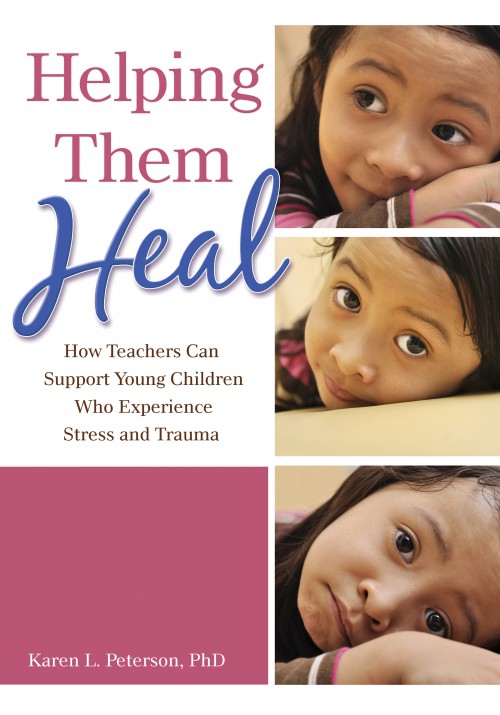 They may also engage in illegal activities, such as alcohol and substance use, assaulting others, stealing, running away, and/or prostitution, thereby making it more likely that they will enter the juvenile justice system.
They may also engage in illegal activities, such as alcohol and substance use, assaulting others, stealing, running away, and/or prostitution, thereby making it more likely that they will enter the juvenile justice system.
Cognition: Thinking and Learning
Children with complex trauma histories may have problems thinking clearly, reasoning, or problem solving. They may be unable to plan ahead, anticipate the future, and act accordingly. When children grow up under conditions of constant threat, all their internal resources go toward survival. When their bodies and minds have learned to be in chronic stress response mode, they may have trouble thinking a problem through calmly and considering multiple alternatives. They may find it hard to acquire new skills or take in new information. They may struggle with sustaining attention or curiosity or be distracted by reactions to trauma reminders. They may show deficits in language development and abstract reasoning skills. Many children who have experienced complex trauma have learning difficulties that may require support in the academic environment.
Self-Concept and Future Orientation
Children learn their self-worth from the reactions of others, particularly those closest to them. Caregivers have the greatest influence on a child’s sense of self-worth and value. Abuse and neglect make a child feel worthless and despondent. A child who is abused will often blame him- or herself. It may feel safer to blame oneself than to recognize the parent as unreliable and dangerous. Shame, guilt, low self-esteem, and a poor self-image are common among children with complex trauma histories.
To plan for the future with a sense of hope and purpose, a child needs to value him- or herself. To plan for the future requires a sense of hope, control, and the ability to see one’s own actions as having meaning and value. Children surrounded by violence in their homes and communities learn from an early age that they cannot trust, the world is not safe, and that they are powerless to change their circumstances. Beliefs about themselves, others, and the world diminish their sense of competency. Their negative expectations interfere with positive problem-solving, and foreclose on opportunities to make a difference in their own lives. A complexly traumatized child may view himself as powerless, “damaged,” and may perceive the world as a meaningless place in which planning and positive action is futile. They have trouble feeling hopeful. Having learned to operate in “survival mode,” the child lives from moment-to-moment without pausing to think about, plan for, or even dream about a future.
Their negative expectations interfere with positive problem-solving, and foreclose on opportunities to make a difference in their own lives. A complexly traumatized child may view himself as powerless, “damaged,” and may perceive the world as a meaningless place in which planning and positive action is futile. They have trouble feeling hopeful. Having learned to operate in “survival mode,” the child lives from moment-to-moment without pausing to think about, plan for, or even dream about a future.
Long-Term Health Consequences
Traumatic experiences in childhood have been linked to increased medical conditions throughout the individuals’ lives. The Adverse Childhood Experiences (ACE) Study is a longitudinal study that explores the long-lasting impact of childhood trauma into adulthood. The ACE Study includes over 17,000 participants ranging in age from 19 to 90. Researchers gathered medical histories over time while also collecting data on the subjects’ childhood exposure to abuse, violence, and impaired caregivers. Results indicated that nearly 64% of participants experienced at least one exposure, and of those, 69% reported two or more incidents of childhood trauma. Results demonstrated the connection between childhood trauma exposure, high-risk behaviors (e.g., smoking, unprotected sex), chronic illness such as heart disease and cancer, and early death.
Results indicated that nearly 64% of participants experienced at least one exposure, and of those, 69% reported two or more incidents of childhood trauma. Results demonstrated the connection between childhood trauma exposure, high-risk behaviors (e.g., smoking, unprotected sex), chronic illness such as heart disease and cancer, and early death.
Economic Impact
The cumulative economic and social burden of complex trauma in childhood is extremely high. Based upon data from a variety of sources, a conservative annual cost of child abuse and neglect is an estimated $103.8 billion, or $284.3 million per day (in 2007 values). This number includes both direct costs—about $70.7 billion—which include the immediate needs of maltreated children (hospitalization, mental health care, child welfare systems, and law enforcement) and also indirect costs—about $33.1 billion—which are the secondary or long-term effects of child abuse and neglect (special education, juvenile delinquency, mental health and health care, adult criminal justice system, and lost productivity to society).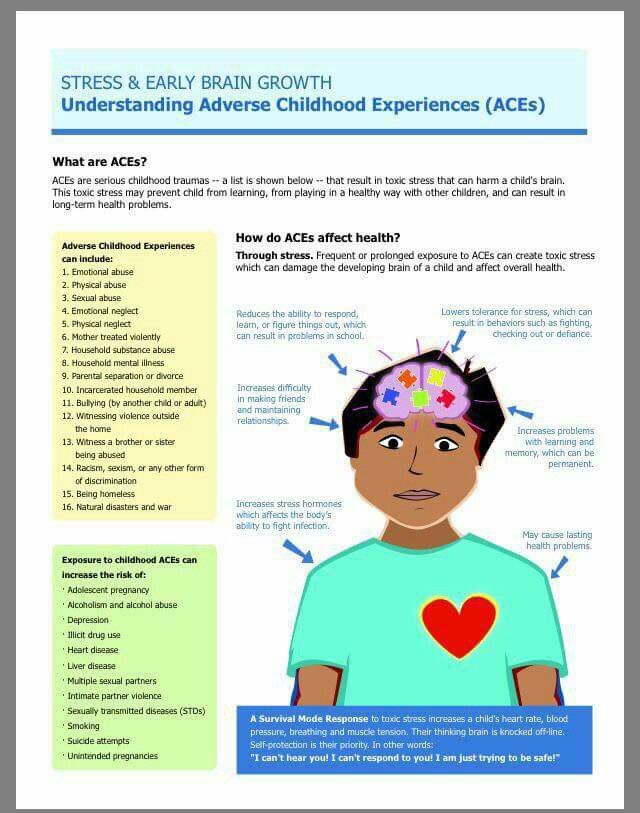
A recent study examining confirmed cases of child maltreatment in the United States found the estimated total lifetime costs associated with child maltreatment over a 12-month period to be $124 billion. In the 1,740 fatal cases of child maltreatment, the estimated cost per case was $1.3 million, including medical expenses and productivity loss. For the 579,000 non-fatal cases, the estimated average lifetime cost per victim of child maltreatment was $210,012, which includes costs relating to health care throughout the lifespan, productivity losses, child welfare, criminal justice, and special education. Costs for these nonfatal cases of child maltreatment are comparable to other high-cost health conditions (i.e., $159,846 for stroke victims and $181,000 to $253,000 for those with Type 2 diabetes).
In addition to these costs are the “intangible losses” of pain, sorrow, and reduced quality of life to victims and their families. Such immeasurable losses may be the most significant cost of child maltreatment.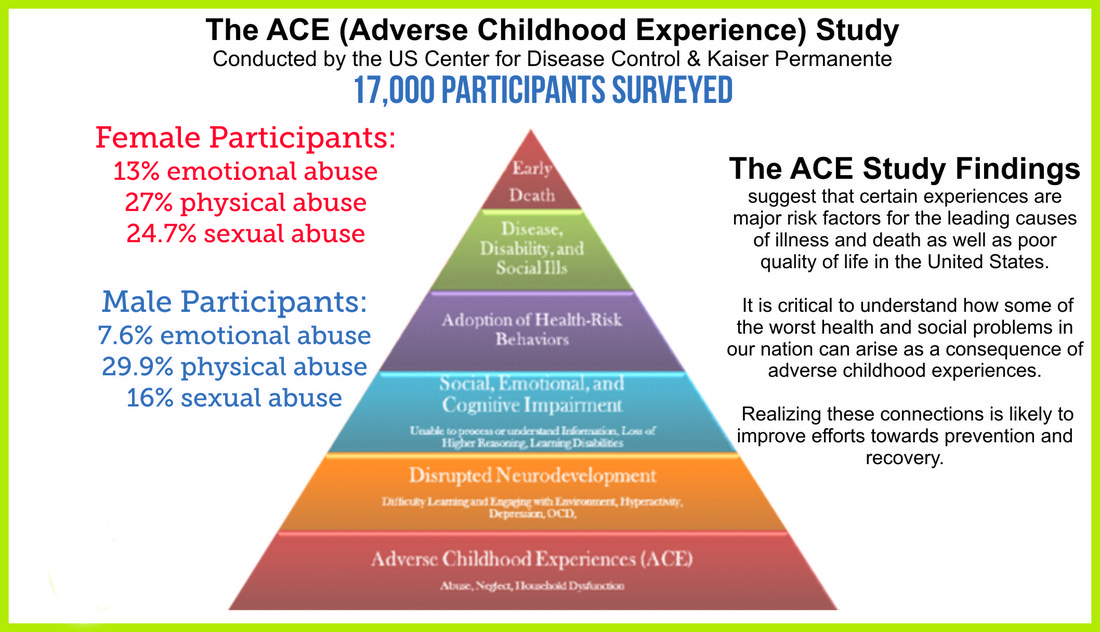
How to Reduce Long-Term Effects of Childhood Trauma
A bitter divorce, the sudden death of a loved one, a natural disaster or pandemic.
Unfortunately, there are many traumatic events and situations that will occur over the course our lifetimes. While these can certainly have an impact on us – both emotionally and physically – research shows they can have even more long-term, devastating consequences for children later down the road.
A report released by the Centers for Disease Control and Prevention (CDC) in 2019 highlighted the long-term effects of childhood trauma and why preventing it is an important public health issue. According to the report, about 61% of adults who were surveyed have experienced at least one adverse childhood experience (ACE) and nearly 17% have reported exposure to multiple.
These ACEs put these individuals at risk of developing health conditions, such as heart disease, diabetes, cancer, depression and asthma later in life. It can also negatively impact education and employment and lead to substance abuse and unhealthy coping behaviors.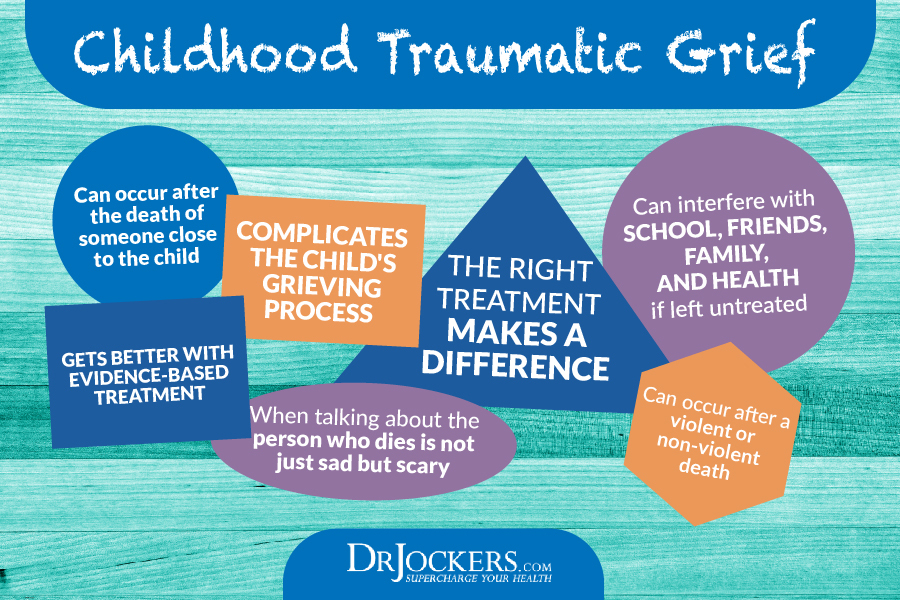
As a parent, you want to provide a nurturing and happy home for your child. However, if you do not have an understanding of the effects of trauma, you may be ill-equipped at helping your child should they experience one.
Jerimya Fox, a licensed professional counselor and a doctor of behavioral health at Banner Behavioral Health Hospital in Scottsdale, AZ, explains childhood trauma and steps you can take as a parent to help reduce and even eliminate the negative consequences of your child’s trauma.
Defining Childhood Trauma
“Childhood trauma or ACEs can be any event or situation or series of events or situations that overwhelm a child’s ability to cope,” said Dr. Fox. “Whether physical or emotional, real or perceived, these cause a “fight or flight” response, which can affect or shape the way they view and experience life.”
In some cases of childhood trauma, a child may not experience long-lasting harm, however, for others it can interfere with development, personal relationships and health.
“Factors such as the child’s age, perception, the frequency of the trauma and their ability to cope with it can determine the impact these events can have in their lives long-term,” Dr. Fox said.
Types of Adverse Childhood Experiences (ACEs)
According to the CDC, the more traumatic events a child has been exposed to, the greater their risk for developing physical and mental health problems throughout their lifetime.
These ACEs may include:
- Abuse
- Physical
- Emotional
- Sexual
- Neglect
- Physical
- Emotional
- Household Challenges
- Parental divorce or separation
- Economic stress/poverty and homelessness
- Witnessing physical or emotional abuse
- Mental illness and substance abuse within the family or household
- Serious accidents or illnesses and the sudden death of a loved one
- School and Community Incidents
- Natural disasters, terrorism and community violence
- School violence, bullying or cyberbullying
“These types of trauma affect children and families across all communities and can have long-term effects on health, wellness and relationships,” Dr.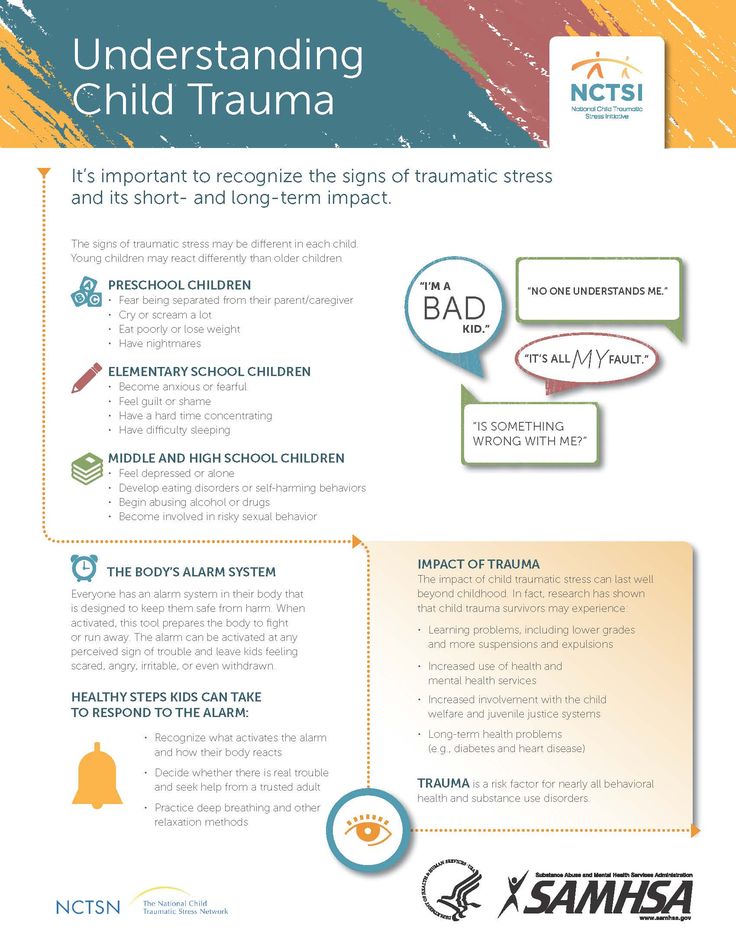 Fox said. “But there is hope. If you take the proper steps after your child experiences a trauma, you can help them overcome and thrive in the future.”
Fox said. “But there is hope. If you take the proper steps after your child experiences a trauma, you can help them overcome and thrive in the future.”
How to Help Your Child Through Trauma
Educate Yourself
Learn about the common triggers and reactions that children have with traumatic events.
Seek Support from a Mental Health Professional
Consult with a qualified behavioral health or mental health professional. When needed, they can help children and families cope with the impact of traumatic events and situations and help them move toward recovery.
Avoid Blame
Sometimes it can be very complex getting to the root of your child’s trauma. Hold back from any negative emotions or reactions you may have, so your child doesn’t feel blamed. Children may blame themselves for the trauma, even if it was out of their control. Explain to them they are not responsible and are not to blame.
Assure Them They are Safe
Discuss ways you are ensuring their safety at home and at school.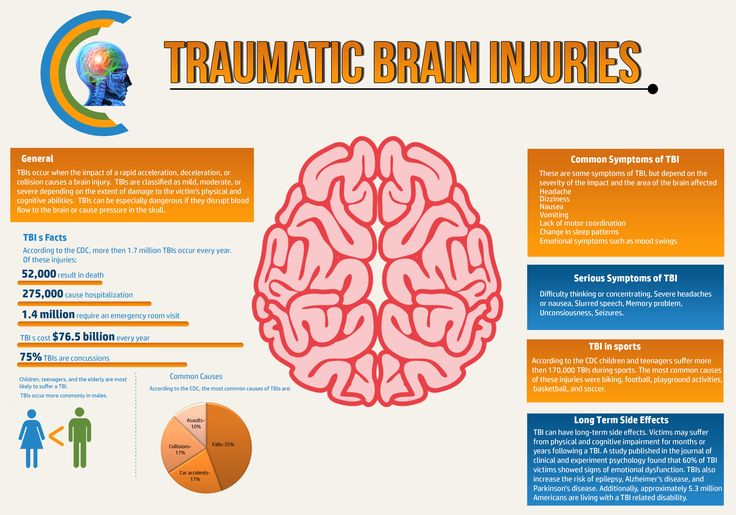
Encourage Self-Esteem
Positive experiences can help boost your child’s self-esteem and encourage growth, a sense of belonging and independence.
“Kids feel better about themselves when they can learn to do things on their own,” Dr. Fox said.
Listen
Be available to listen if your child wants to talk, but don’t force conversations if your child is not ready. While discussing difficult topics or conversations, provide them with reassurance and acknowledge feelings.
Keep a Routine
Develop a consistent and regular routine at home and school.
Be Patient
Some children heal quicker from trauma from others.
“Healing from childhood trauma is not linear—there can be many peaks and hills along the way,” Dr. Fox said. “Try not to push your child. Give them time and lots of love and reassurance."
Takeaway
Childhood trauma or adverse childhood experiences can have long-term, negative effects on a child’s health and well-being.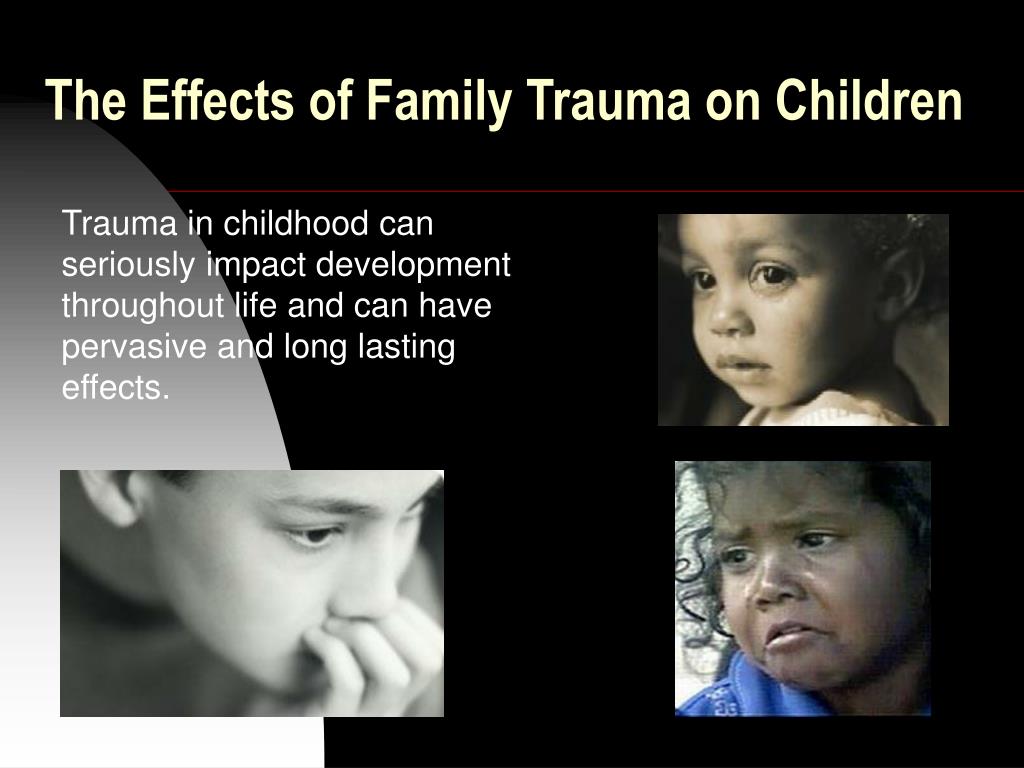 However, understanding, recognizing, caring and receiving proper help can help your child heal and thrive.
However, understanding, recognizing, caring and receiving proper help can help your child heal and thrive.
To find a licensed behavioral health specialist for your child or your family, visit bannerhealth.com. For additional resources regarding childhood trauma, visit the CDC website.
Behavioral Health Children's Health
Join the Conversation
The roots of trauma run deep. Consequences and treatment of childhood trauma.
At first glance, it may seem that you are coping well with everything that happens in your life, but if there is an unresolved or unprocessed trauma, it is very important to be aware of how it affects your existence - mentally, emotionally, physically and spiritually. In addition, many researchers recognize that substance abuse is often not only a symptom of a previous trauma, but also a catalyst for a current one. nine0004
According to statistics from the National Council for Behavioral Health, 220 million people in the United States (70% of the population) have experienced at least one traumatic event.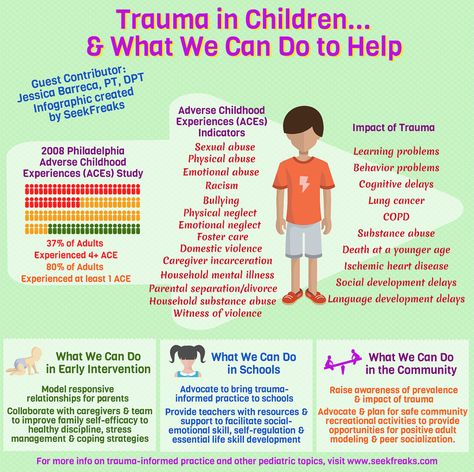
Harvard Health (Harvard Medical School) web portal reports that people who have experienced more than three negative childhood experiences, also called negative childhood experiences (NEE), have a higher risk of developing chronic physical and mental illness in adulthood. nine0004
The top 10 NDOs include:
● emotional abuse;
● physical abuse;
● sexual abuse;
● emotional neglect;
● physical neglect;
● mental illness in the family;
● separation or divorce of parents;
● Substance abuse in the family;
● being present at scenes of domestic violence;
● Imprisonment of a family member. nine0004
These incidents contribute to trauma even when experienced later in life.
Other traumatic events include major loss or grief, divorce, sudden death of a family member, war or terrorism, caring for someone with a serious health condition, PTSD from an accident or military service, etc.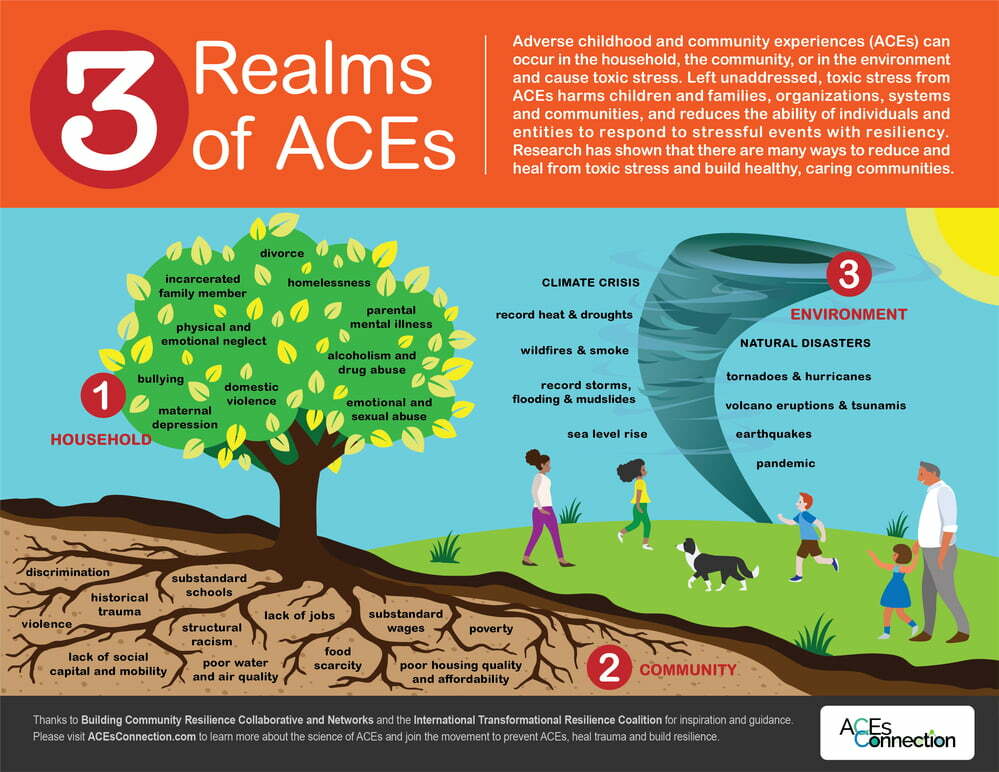 Unfortunately, women experience trauma and addiction development is often linked.
Unfortunately, women experience trauma and addiction development is often linked.
There are many effective treatments for trauma, including Cognitive and Dialectical Behavior Therapy, Touch Healing, Talk Therapy, EMDH Therapy, and Somatic experiencing. Somatic experiencing can be considered a relatively new alternative yet promising therapy that can help people recover from the intense physical effects of trauma. nine0004
Harvard researchers believe there is a "direct biological effect of high stress on the body." The release of adrenaline, activation of the cardiovascular system, and increased muscle response all occur in times of stress, causing hyperactivation of the nervous system, which, according to doctors, leads to "wear and tear of the body, like a speeding car with an engine constantly running at full power." This is what it means to have a deeply rooted trauma locked in the body. Constant stress causes even more tension, which can lead to various diseases. nine0004
Somatic Experiencing (SE) is a method of getting rid of a state of hyperactivity, including prolonged tension, which may not be noticeable at first glance.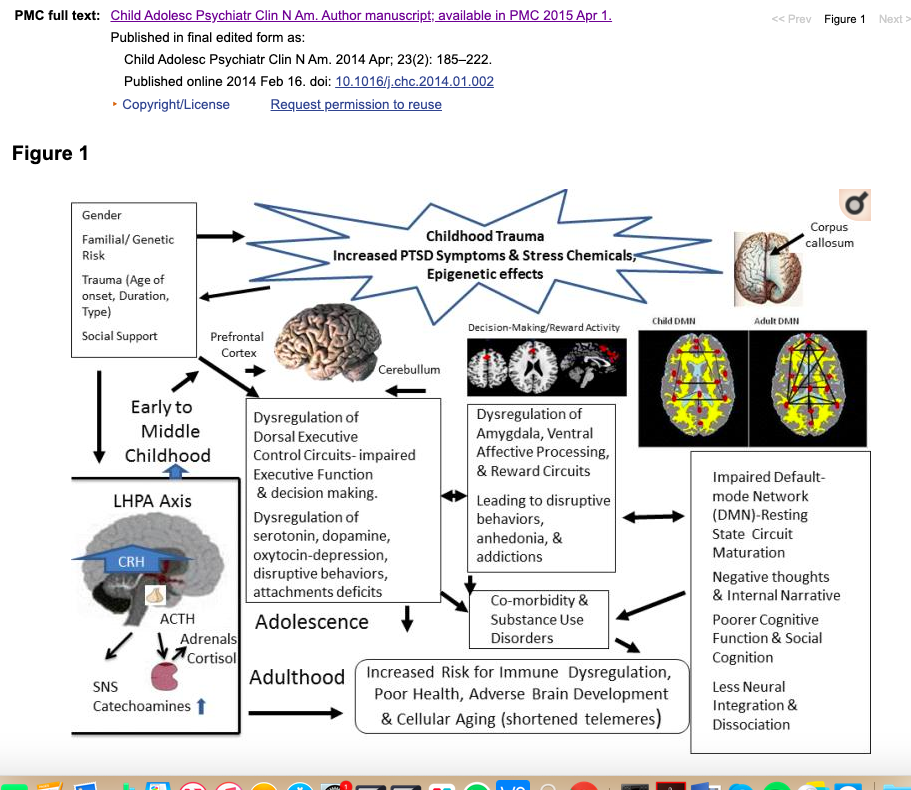 " Soma" is a Greek word meaning "living organism". People can become "stuck" in defensive nervous system responses such as "fight or flight" or numbness. Through Somatic Experiencing, psychotherapists combine behavior modification with physical techniques to help people release the negative arousing energy of stress and improve their ability to self-regulate. nine0004
" Soma" is a Greek word meaning "living organism". People can become "stuck" in defensive nervous system responses such as "fight or flight" or numbness. Through Somatic Experiencing, psychotherapists combine behavior modification with physical techniques to help people release the negative arousing energy of stress and improve their ability to self-regulate. nine0004
This approach was developed by Dr. Peter Levin. As a stress consultant for NASA and author of Waking the Tiger. Healing trauma” , he observed that wild animals do not develop long-term consequences after they manage to get rid of the threat of being overtaken by predators. Once the immediate threat to life is gone, animals release the energy of arousal through deep breathing, shuddering, or stretching.
It is more difficult for people to get rid of the effects of stress, especially prolonged. Behavioral and emotional reactions such as anxiety, depression, guilt, shame, aggression, increased alertness, insomnia, etc.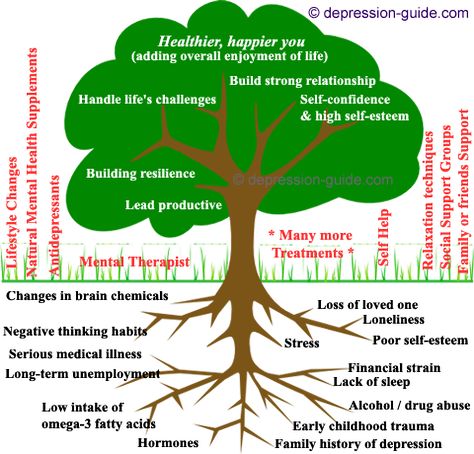 , often occur as an attempt to cope with a traumatic episode. They increase the response to stress, which makes it difficult not only to cope with traumatic shock, but also to become aware of it and go beyond it. nine0004
, often occur as an attempt to cope with a traumatic episode. They increase the response to stress, which makes it difficult not only to cope with traumatic shock, but also to become aware of it and go beyond it. nine0004
At the Institute of Somatic Trauma, therapists are trained to safely guide people through strictly metered amounts of "traumatic material" while monitoring their physical reactions. According to the Internet portal Good Therapy, a change in posture or breathing may be a somatic response, as well as other reactions that the therapist cannot see, "such as a feeling of heaviness, chest tightness, or dizziness." The SE therapist then teaches people to distinguish between "feelings associated with trauma and those that are a source of strength and comfort." nine0004
Coping mechanisms acquired through SE often include:
● releasing heightened awareness through subtle movements such as focused muscle relaxation or more advanced techniques such as yoga.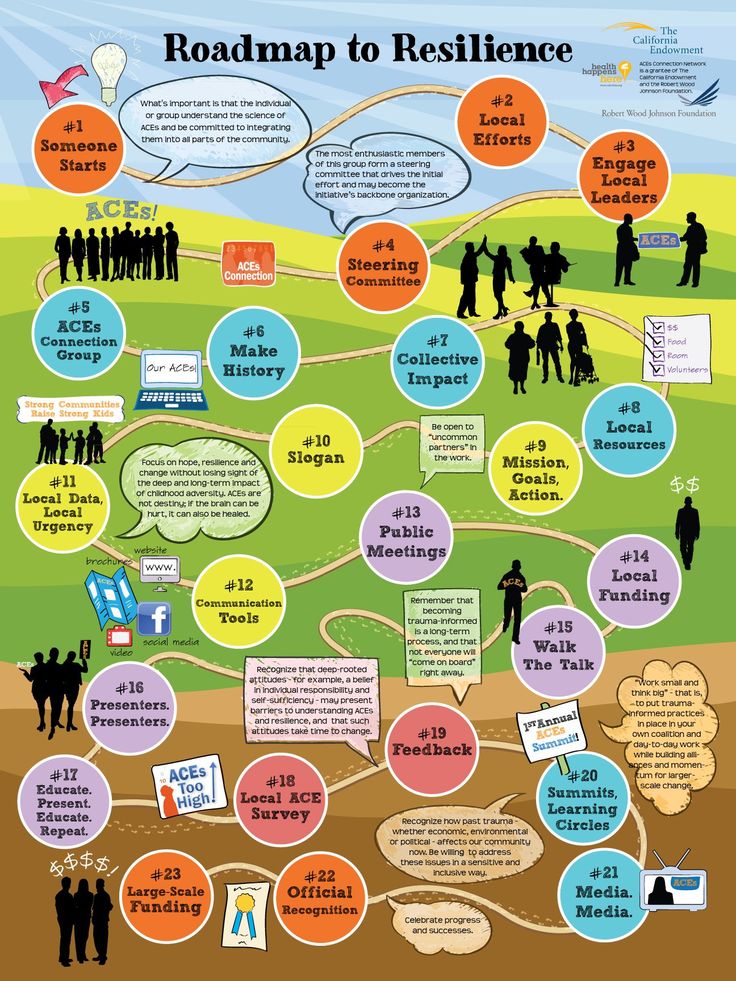 You can also use mindful breathing;
You can also use mindful breathing;
● teaching this psychobiological method to develop resilience to major triggers and release repressed emotions;
● Acquisition of self-regulation skills in instant reactions to stressful situations, which reduces the load on the nervous system during the fight-or-flight reaction or numbness. nine0004
Visit a practical seminar:
Introduction to a somatic experience
“Pain is a side effect of growing up”: Psychologist Ilse Sand on the influence of children's injuries
Author of the bestsellers in psychology, Danish psychotherapist Ilse Sand said Forbes Life about why she left the church for psychology, how to cope with pain and why it is not always necessary to work through your childhood traumas
middle of the last century could serve in the church on a par with men.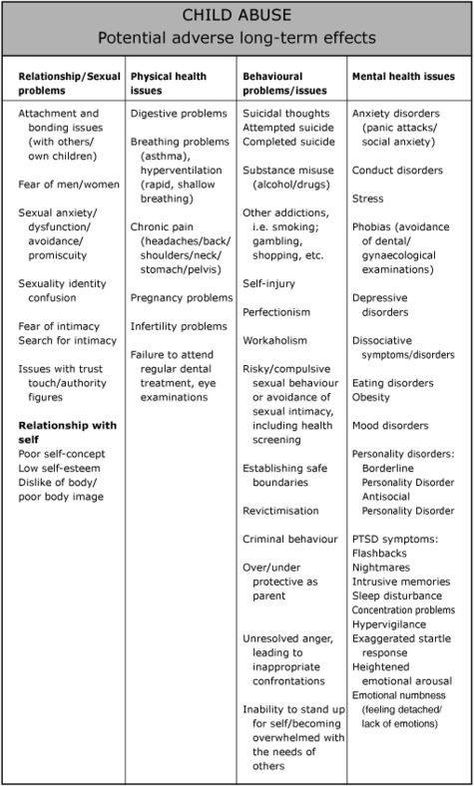 Eleven years later, after studying Gestalt therapy, cognitive therapy, and psychodynamic therapy, Sand left the church and became a psychotherapist. She has written seven books that have become popular all over the world: in them she talks about how to stay open, sensitive and not let pain ruin your life. To the release in Russia of the book “Feeling of Shame. How to stop being afraid of being misunderstood” (Alpina Publisher) Ilse Sand spoke with Forbes Life about the work of a psychotherapist, the importance of intimacy and how equality of people affects their relationships. nine0004
Eleven years later, after studying Gestalt therapy, cognitive therapy, and psychodynamic therapy, Sand left the church and became a psychotherapist. She has written seven books that have become popular all over the world: in them she talks about how to stay open, sensitive and not let pain ruin your life. To the release in Russia of the book “Feeling of Shame. How to stop being afraid of being misunderstood” (Alpina Publisher) Ilse Sand spoke with Forbes Life about the work of a psychotherapist, the importance of intimacy and how equality of people affects their relationships. nine0004
Finished reading here
Related material
— How did it happen that you first were a pastor and then became a psychotherapist?
- I originally became a pastor because I wanted to talk to people about their pain, about their most vulnerable experiences.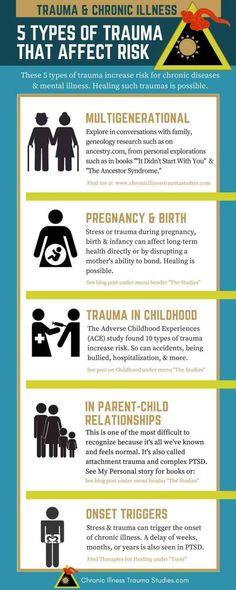 But in practice, it turned out that not everyone wanted to share their innermost with me. Often I was perceived as a kind of mass entertainer: people just wanted the pastor to come to visit them, entertain them - and then you can tell your friends about it. However, I did not want to do recreational work. nine0004
But in practice, it turned out that not everyone wanted to share their innermost with me. Often I was perceived as a kind of mass entertainer: people just wanted the pastor to come to visit them, entertain them - and then you can tell your friends about it. However, I did not want to do recreational work. nine0004
So I decided to change my profession and become a psychotherapist. People come to this specialist specifically to talk about their difficult feelings - and this is exactly what I want to do. Although, of course, leaving the pastoral service was a very serious step: I would have been entitled to a good pension, but now you can forget about it. It is good that my books began to be actively sold and provided me with a comfortable old age.
I was often perceived as an entertainer: people just wanted a pastor to visit them and entertain them
— Do you think that religion is an adequate alternative to psychotherapy? After all, sometimes the church, with all its dogmas, can provoke a lot of shame, guilt and fear.
- I think it depends a lot on how a person perceives religion. The New Testament clearly shows the idea that God is love. Basically, if you replace “God” with “love” in all Christian texts, you get something very logical and supportive.
There is a study whose results show the following: the influence of religion depends on how the person perceives God and the church. If for him God is a punishing figure, then religion will harm his mental state. Conversely, when God signifies love, kindness, acceptance, then faith helps to improve mental health. It is bad when a person is brought up in a family with the idea that religion is needed for restraint, punishment and intimidation. This, unfortunately, can have a bad effect on the psyche of the child. nine0004 Cover of the book "Feeling of Shame" (Photo DR)
— According to research , the pandemic, the current political and economic crises have greatly undermined the psychological state of many people.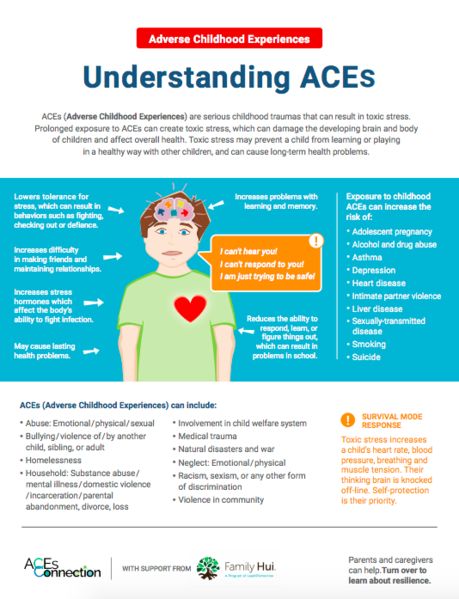 The number of depressions and anxiety disorders has increased. How do you help your clients overcome the state when pain and other negative emotions prevent them from living a normal life?
The number of depressions and anxiety disorders has increased. How do you help your clients overcome the state when pain and other negative emotions prevent them from living a normal life?
— I believe that pain is an important and valuable part of life. And in no case should you refuse to live your life because of the fear of pain. Another thing is that people deal with their painful experiences in different ways. Someone hardens, becomes cold, immune to emotions - and this, of course, helps to suffer less in the future. But it doesn't really let you feel alive. I believe that the main task of a person in life is to learn to live through pain, remaining soft, vulnerable, receptive. nine0004
Such people, having gone through pain, can, for example, direct their experiences into creativity. Although it is not at all necessary to be some kind of genius - you can just become a wise person who knows how to listen and helps your loved ones cope with their suffering.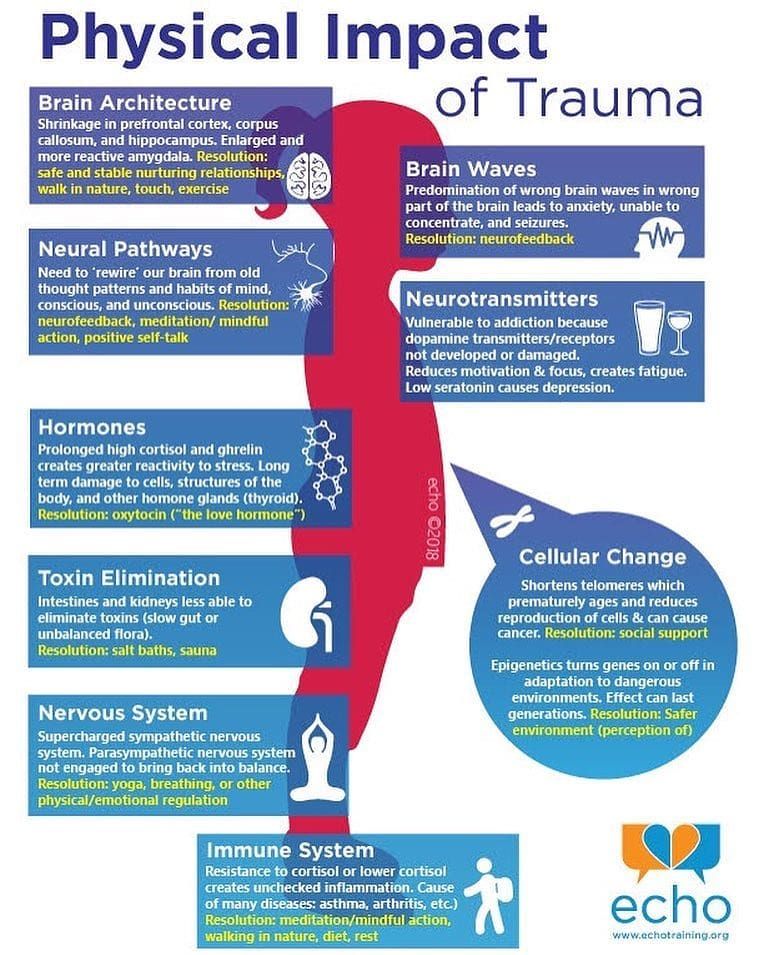
Related material
— Everyone seems to go to psychotherapists with their childhood traumas. This imposes a huge responsibility on parents: it is necessary to raise a child in such a way as not to injure him. How can you bear such responsibility? nine0090
- I don't even think it's worth trying. It is impossible to grow up and not experience pain - this is a natural side effect of growing up and part of the path that must be taken in the development process. Pain just teaches a child to be sensitive, empathic, it can open creative sides in him, and so on.
— Do you think it is necessary to work through all your childhood traumas — or can you just learn to live with them?
- I guess it depends on how these injuries affected you.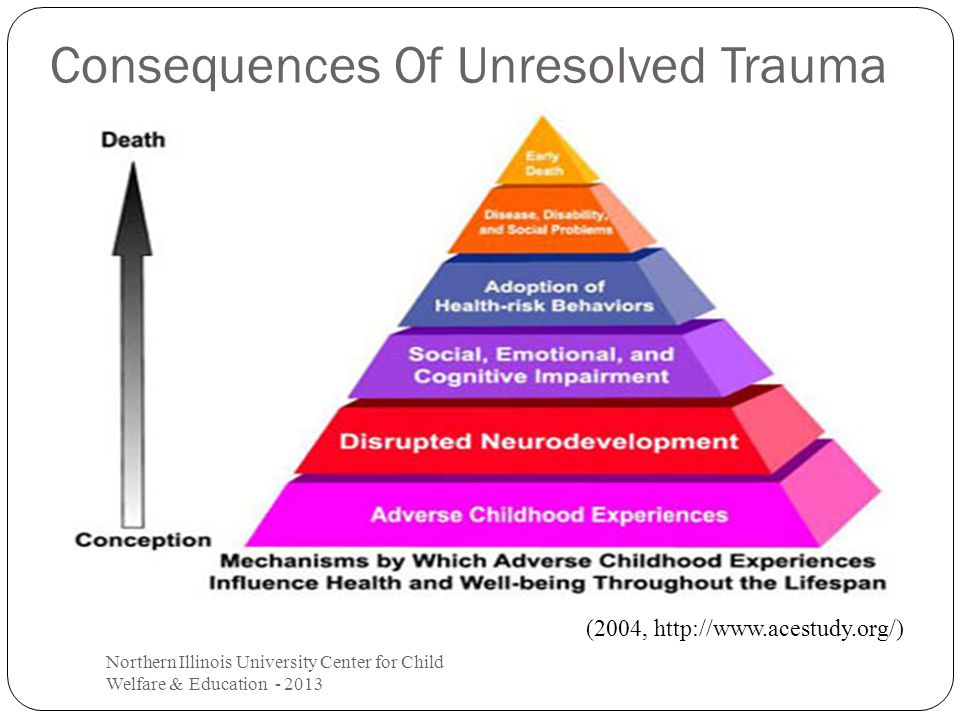 If they have not made you a cold, closed person, if you are able to enter into close relationships with people and remain vulnerable in them, I think everything is in order. You have already learned to live with your traumas. nine0004
If they have not made you a cold, closed person, if you are able to enter into close relationships with people and remain vulnerable in them, I think everything is in order. You have already learned to live with your traumas. nine0004
But if the pain was so strong that you were petrified inside and you can't let anyone in, then I think it's worth going to a psychotherapist with this. Because, in my opinion, life has no meaning without love, without the ability to form close relationships.
— One of the important target audiences for your books is highly sensitive people. What do you mean by this phrase?
— These are people who feel the world more subtle than others. They perceive not only emotions more strongly, but also sounds, colors, smells. Such people may be slower, react more brightly to the approach of danger.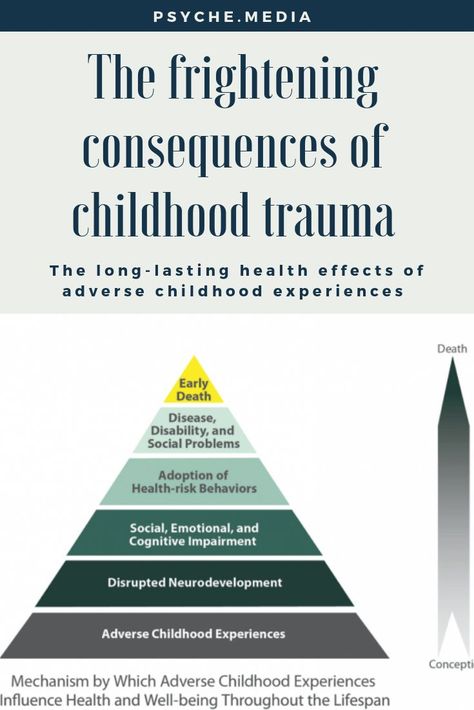 There are, in fact, quite a lot of them - about one in five people has a high sensitivity. nine0004 Ilse Sand (Photo DR)
There are, in fact, quite a lot of them - about one in five people has a high sensitivity. nine0004 Ilse Sand (Photo DR)
— Don't you think that now there are more such highly sensitive people? If so, is it related to the modern way of life?
— Yes, there is a feeling that there are more of them. I think, on the one hand, it's about destigmatization. Here, as with mental disorders: before it was very embarrassing to be "not like that", and people hid it to the last - and now less and less people are ashamed of their mental characteristics.
On the other hand, our pace of life can really provoke increased sensitivity - at least due to stress. Here in Denmark, for example, people at work experience increased stress due to competition from the whole world: they say, if you don’t work hard enough, your factory will be transferred to China, where labor is cheaper. So I think it's a combination of two factors. nine0004
So I think it's a combination of two factors. nine0004
Here you are standing at the dug out grave where the coffin is lowered. There were such families that stood with stone faces, at a distance from each other
- Have you ever seen people who would look mentally healthy? What are they?
— When I was a pastor, I often went to funerals. And here you are standing at the dug-out grave, where the coffin is lowered. There were such families who, at the same time, stood with stone faces, at a distance from each other, did not even cry. And there were others: they hugged, cried loudly, sobbed - and they did not care that they might look stupid or unsightly. Here is the second category of people - these, in my opinion, are those who are healthy about lives emotions.